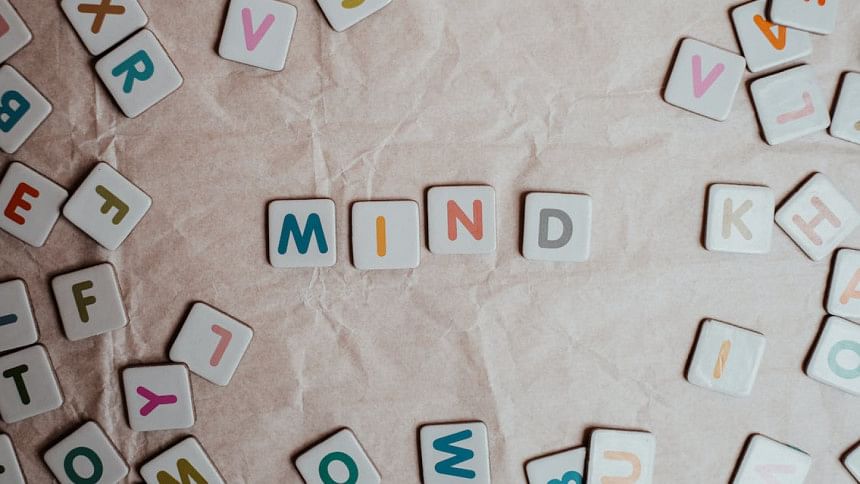Decoding the mind: Unravelling 7 cognitive biases that shape human decision-making

Humans make constant decisions due to their logical nature. Our choices range from simple to complex issues, such as what to eat for lunch to capital investment in a business. While we cannot be 100 per cent rational at all times, we mostly make logical decisions by weighing the pros and cons of each of our choices. That being said, we have developed some mental shortcuts known as cognitive biases to navigate and ease this decision-making process.
Below, we explore the concept of cognitive biases, why humans have such biases, and the top 7 of the many cognitive biases that affect us daily.
Cognitive biases
Cognitive bias is a thinking pattern of our brain to innately simplify information based on personal experiences and preferences. Such a pattern is a coping mechanism that enables the brain to prioritise and process large amounts of information quickly.
Biases are not inherently negative but rather evolutionary adaptations that ease the process of efficient decision-making. However, they can sway us to make poor decisions.
Why do we have it?
Our brains have two methods of processing data: Type 1 thinking and Type 2 thinking. Type 1 links with your current circumstantial knowledge to make quick decisions while supporting about 95 per cent of our thought processes.
Type 2 is slower and more analytical. It involves careful evaluation, reasoning, and analysis of problems to reach sound conclusions. It is a way to edit and audit your decision using Type 1 processing.
SOME OF THE BIASES THAT AFFECT OUR DECISIONS
Confirmation bias
Confirmation bias is the tendency to favour information that aligns with our existing beliefs while disregarding contradictory information. We interpret and remember information in a way that aligns with our current views. To overcome this bias, seeking out differing views and challenging our beliefs and assumptions is important.
Framing effects
Framing bias occurs when you make a decision based on how information is presented rather than solely on objective facts. Our responses change depending on how options are framed. Marketers and advertisers use this framing effect to increase sales and product visibility. Many kinds of frames are used, such as value frames, positive and negative frames, gain vs loss, visual frames, auditory frames, etc.
Loss aversion
Loss aversion is the tendency to prioritise avoiding losses over struggle. This bias makes people hesitant to take risks because they fear losses more than they value potential gains.
An example would be the general public's interest in saving money in a savings account instead of investing in value stocks to build and accumulate wealth over the long term. People tend to perceive the risk and fear of losing wealth in a stock market downturn as greater than the potential gains from long-term investing.
Negativity
When negative information is treated more importantly than positive information, it is termed negativity bias. It may sound similar to loss aversion bias; however, negativity bias has a greater scope and deals with negative information of every kind.
For instance, among a sea of positive comments, the tendency to focus on one slight critique or underwhelming comment during a performance review is negativity bias.
Sunk Cost Fallacy
It is a cost that has already been incurred and cannot be recovered. Sunk cost fallacy is when we cling to something because we have already invested time, energy, and money into it, even if letting go would be better for us.
A simple example is choosing to watch a boring movie entirely because you bought a ticket. But rationally, as the ticket cost cannot be recovered, and the movie is boring, leaving the theatre is the best course of action.
Herd Mentality
The herd mentality or the bandwagon effect is when we tend to adopt beliefs, habits, and behaviours simply because others are doing the same. For example, buying a product or a dress in a particular design because everyone has it without considering whether you need it.
Survivorship
Survivorship bias is the mistake of valuing successful individuals and entities while ignoring those who have yet to achieve the same level of success. A relevant example of survivorship bias is the laser focus on famous college dropout billionaires.
Famous college dropouts like Bill Gates and Mark Zuckerberg are always in the limelight because their stories are out of the ordinary. This can make you think that a college degree is only beneficial if you consider the millions of other college dropouts who are not rich and famous and have different outcomes.
While being aware of these 7 biases is a great effort, it's important to keep in mind that being aware of them does not protect you from them. The tendency for these biases to exist in humans will always exist. Even if you're not always conscious of the specific biases that are affecting you right now or generally, you can still recognise that you're susceptible to them.

 For all latest news, follow The Daily Star's Google News channel.
For all latest news, follow The Daily Star's Google News channel. 



Comments